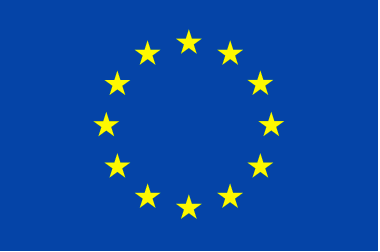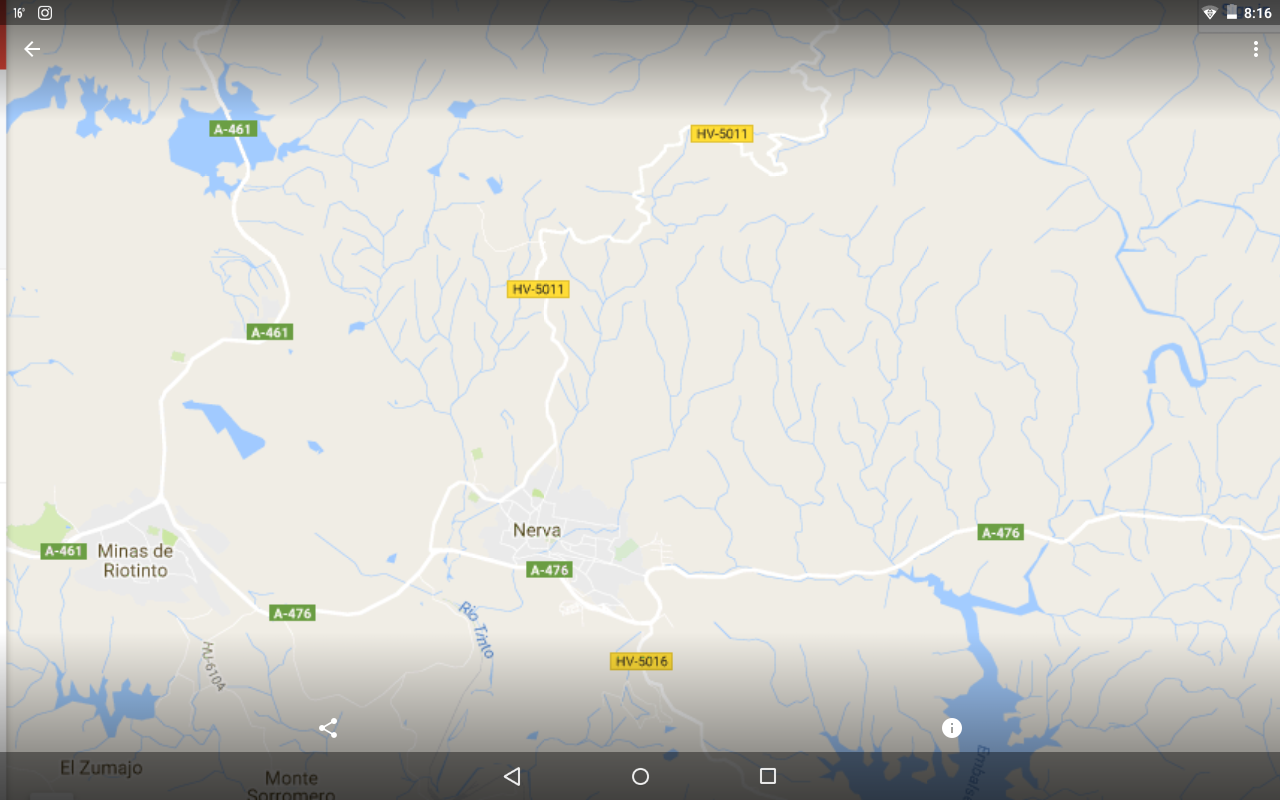|
Provided by: Astrobiology Center (CAB); INTA
The Tinto River (Iberian Pyritic Belt) is an unusual acidic ecosystem (100 km long, mean pH 2.3) containing a high concentration of heavy metals (Fe, Cu, Zn, As and Cr) and an unexpected level of microbial diversity (Bacteria, Archaea and Eukaryotes). In the past, the extreme conditions of the river were considered the result of intense mining activity. Geomicrobiological analysis of the Tinto ecosystem strongly suggests that these conditions are the result of the metabolic activity of chemolithotrophic prokaryotes, mainly iron- and sulfur- oxidizers. The system seems to be controlled by iron, which is not only used as an electron donor, but also as an electron acceptor, allowing a full iron cycle to operate. Furthermore, ferric ion is responsible for the maintenance of the constant pH of the ecosystem and can protect the different organisms thriving in its waters from radiation. Laminar, iron-rich stromatolitic formations are generated by the precipitation of different iron minerals on the surface of the biofilms that cover most of the rocks in the river. These structures are similar to ancient massive bioinduced laminated iron formations formed long before the first mining activities started in the area 5000 years ago. Given these characteristics, we postulate that the Tinto River operates as a Gaian system in which the (extreme) environmental conditions are generated and regulated by the biological components of the ecosystem. This place has been used for space missions instrument testing in several projects. Activities Rio Tinto area is an Earth Analogue with mineralogy and chemical conditions similar to some locations on Mars. It is a perfect environment to study molecular mechanism for life to adapt to extreme conditions but biodiversity and molecular ecology as well. At the same time, rio Tinto offers the perfect chemical harsh conditions for testing protocols and instruments for industry and for space missions application. Location Facility References SELECTED RELEVANT PUBLICATIONS The Tinto River: a Gaian extreme environment.
Some ecological mechanisms to generate habitability in planetary subsurfaces areas by chemolithotrophic communities: the Río Tinto subsurface ecosystem as a test. Fernández-Remolar, D., Gómez, F., Prieto-Ballesteros, O., Schelble, R.T., Rodríguez, N., Amils, R. Astrobiology 1, 8. pp. 157-173 (2008) DOI: 10.1089/ast.2006.0022 Underground habitats found in the Río Tinto Basin: an approach to Mars subsurface exploration. Fernández-Remolar, D., Prieto-Ballesteros, O., Rodríguez, N., Gómez, F., Amils, R., Gómez-Elvira, J., Stevens, T., Stoker, C. Astrobiology 8, 5. pp 1023-1047 (2008) DOI: 10.1089/ast.2006.0104 Contacts Facility responsible Dr. Felipe Gomez Centro de Astrobiologia (CSIC-INTA) Carretera de Ajalvir Km 4 Torrejon de Ardoz Madrid 28850 Spain email: gomezgf@cab.inta-csic.es Tel.0034 91520 6461 Administration office at INTA Carlos Carballar email: carballarcd@inta.es Tel.0034 520 5408 “This project has received funding from the European Union’s Horizon 2020 research and innovation programme under grant agreement No 871149”
|



